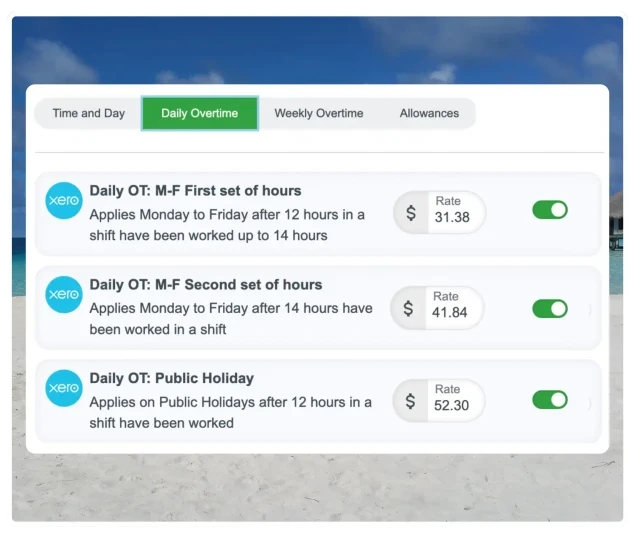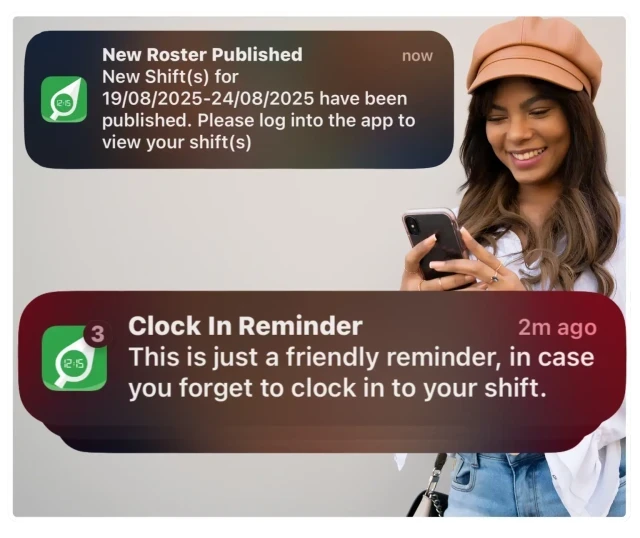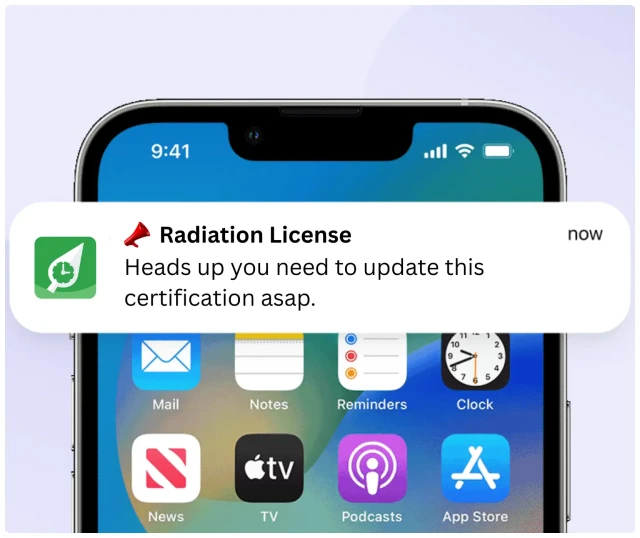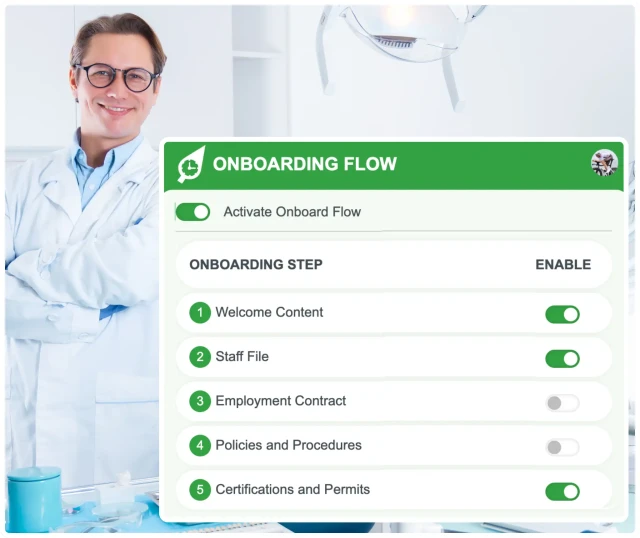RosterElf is trusted by dental practices across Australia to simplify scheduling, reduce labour costs, and improve compliance. Here are three reasons why dental clinics choose RosterElf:









Read what our clients have to say about us
See all reviewsDental clinics need to balance patient care with administrative efficiency. RosterElf automates scheduling, payroll integration, and time tracking, helping you reduce manual work while ensuring staff are available for appointments and emergencies.

Dealing with last-minute appointment changes? Our software simplifies re-scheduling.
Stay within budget with real-time roster costs.

Manage staff across several clinics from one system.
Track hours accurately with digital timesheets.
Integrate seamlessly with payroll systems like Xero and MYOB.
Match qualified staff to appointments with the 'Perfect Match' algorithm.